Austrian, Czech, German, Hungarian, Slovakian cooking are similar:
The Classic German Cookbook aggregates the simultaneously individualized and similar cuisines of:
• Austria;
• Czech Republic, Slovakia;
• Germany; and
• Hungary.
Geography, history, and politico-economics bring five cultures and three languages together in overlapping cooking styles, with:
• apples, apricots, cherries, plums;
• Austro-Hungarian Empire-introduced courgettes, green and red peppers, onions, tomatoes;
• cabbages, cucumbers; and
• celeriac, kohlrabi, potatoes.
Flavoring comes from:
• bacon fat for soups, stews;
• caraway seeds, marjoram for cooking;
• cardamom, cinnamon, cloves, honey, poppy seeds for baking biscuits, buns, gingerbread, rye breads; and
• mustard for boiling.
Meat, poultry, and seafood recipes respectively draw upon:
• beef, lamb, pork, veal;
• chicken, goose; and
• carp, pike.
Specialty drinks exist as:
• Bekerovka sweet herbal liqueurs;
• Moravian, Slovakian white table wines; and
• Pilsen beers.
*****
Websites:
http://www.annesspublishing.com/trees/
http://www.lesleychamberlain.co.uk/
*****


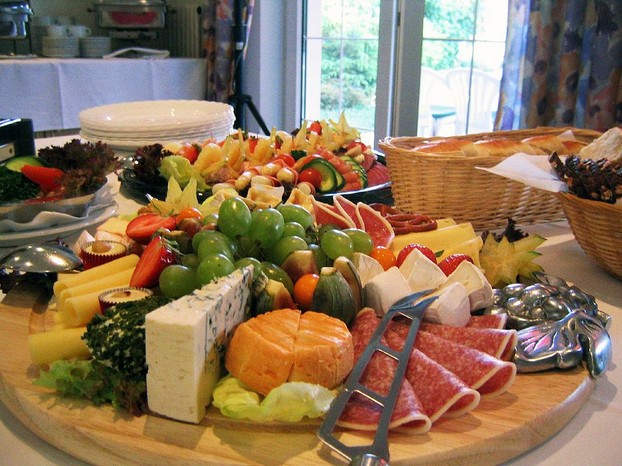
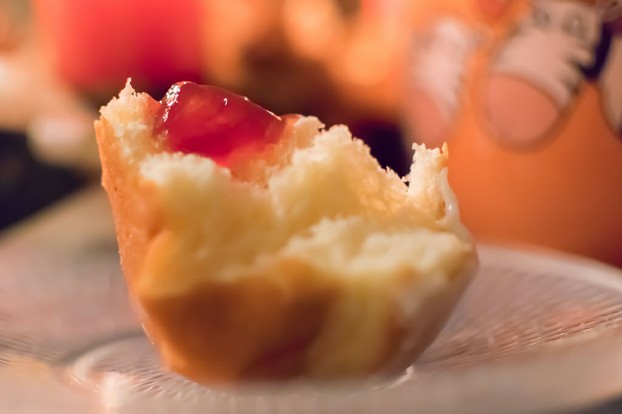
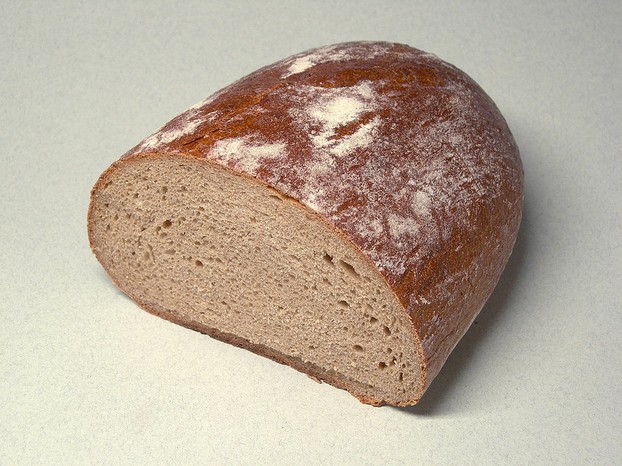
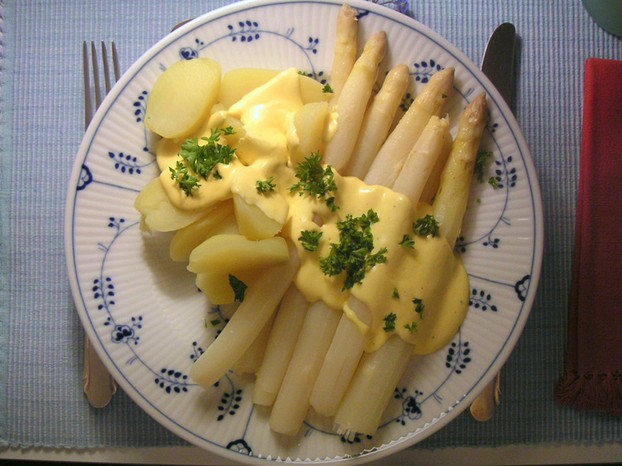
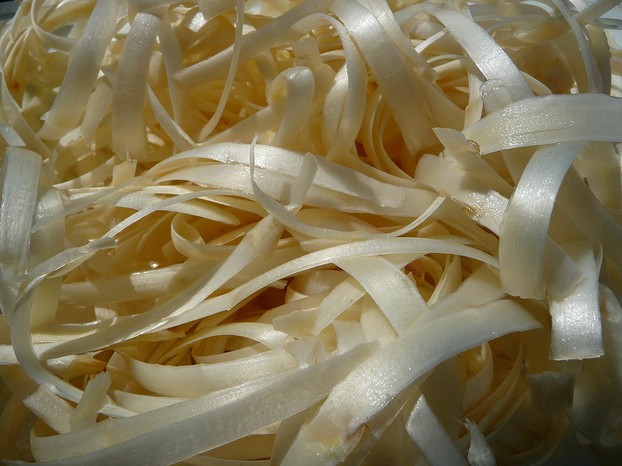
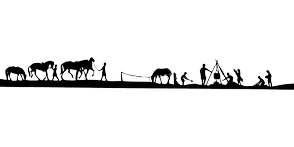

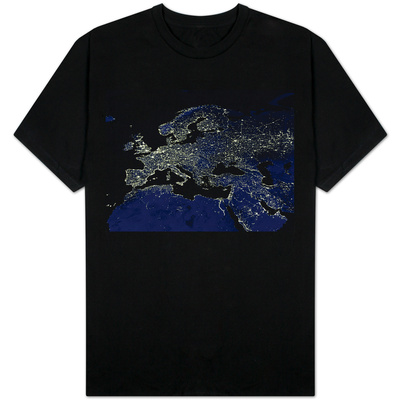

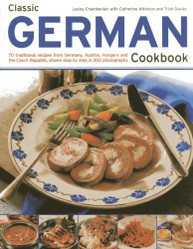

 Are Hawaiian Huakai Po Nightmarchers Avenging Halloween Thursday?on 10/02/2024
Are Hawaiian Huakai Po Nightmarchers Avenging Halloween Thursday?on 10/02/2024
 Mailing Addresses for 2023 Form 4868 Extending 1040 and 1040SR April 15, 2024, Due Dateon 04/15/2024
Mailing Addresses for 2023 Form 4868 Extending 1040 and 1040SR April 15, 2024, Due Dateon 04/15/2024
 Mailing Addresses for 2023 Forms 1040 and 1040SR Filed in 2024on 04/15/2024
Mailing Addresses for 2023 Forms 1040 and 1040SR Filed in 2024on 04/15/2024
 Mailing Addresses for 2022 Form 4868 Extending 1040 and 1040SR April 18, 2023, Due Dateon 04/13/2023
Mailing Addresses for 2022 Form 4868 Extending 1040 and 1040SR April 18, 2023, Due Dateon 04/13/2023

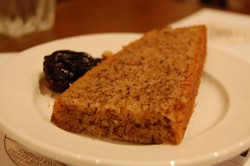
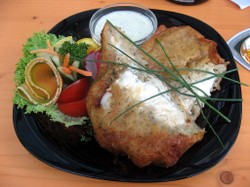
Comments